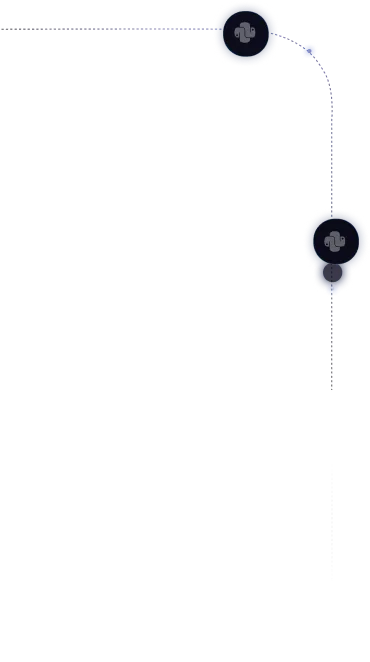
In early 2022, researchers from Palo Alto Networks’ Unit 42 were studying Docker Hub, the world’s largest container registry and a backbone of modern DevOps. What they found was unexpected.
Dozens of container images, uploaded by unknown publishers, had already been downloaded more than 20 million times. These images looked completely normal. Their names resembled trusted open-source tools, the tags seemed right, and the descriptions were clean.
But many of them were malicious. Hidden inside were scripts that quietly mined cryptocurrency, stole credentials, and created backdoors into cloud environments.
It was not a targeted attack or a zero-day exploit. It was a global trust failure that spread through automation itself.
What Exactly Happened
The attackers uploaded containers that looked legitimate, sometimes with names like alpine-utils or ubuntu-data.
When developers or CI/CD pipelines pulled these images, they unknowingly pulled in malicious code.
Inside, the scripts did three simple but dangerous things:
- Used cloud compute resources to mine Monero.
- Collected environment variables containing API keys and credentials.
- Opened remote shells for persistent access to hosts.
Because most pipelines pull images automatically, these actions went unnoticed.
By the time anomalies appeared in logs and cloud costs, the problem had already spread across several organizations.
Why It Became So Big
This incident was not about sophisticated hacking. It was about misplaced trust.
Three factors helped the attackers reach millions of systems:
- Open Registries: Anyone can upload to Docker Hub. There is no mandatory verification or digital attestation.
- Automation Everywhere: Pipelines pull images automatically, often without any human review.
- Trust in Numbers: Developers assume that a popular image is a safe image.
When these factors come together, attackers do not have to break into systems. They simply wait for someone to download their code.
“Attackers no longer break through defenses. They slip in through automation.”
The Real Impact on Businesses
The 20 million malicious pulls were not just another security headline. They had real business impact.
- Cloud cost spikes: Cryptomining containers quietly consumed CPU and GPU hours, increasing cloud bills.
- Lost productivity: Teams had to pause builds, clean registries, and revalidate dependencies.
- Reputation risk: Some organizations unknowingly redistributed compromised images, affecting customer trust.
What made it worse was how ordinary it all looked. The malware hid inside the same automation that teams depend on every day to move faster.
Visual Insight: Registry Risks at Scale

Public registry risks at scale. Based on Unit 42, ENISA, and CleanStart telemetry (2024–2025).
Lessons That Still Hold True
Even though the incident happened a few years ago, the lessons remain the same.
Here’s what many teams learned, often the hard way:
- Popularity is not proof. Millions of downloads do not make an image safe. Always verify the source.
- Verification must be built-in. Use signature validation, digest pinning, and provenance checks in every CI/CD stage.
- Prefer trusted registries. Host internal mirrors or use verified publishers instead of relying on public sources.
- Watch for unusual activity. Unexpected CPU usage or rising cloud bills can be early signs of compromise.
The message is simple: trust what you can verify and verify what you trust.
A Broader Lesson for All of Us
If the Typosquatted Alpine story was about one small mistake, this one is about scale.
It shows how quickly risk multiplies when automation runs without verification.
The world of DevOps moves fast. Containers, pipelines, and registries have made software delivery seamless.
But security still begins with awareness.
Every pull command, every build, and every dependency is a decision to trust someone else’s code.
The 20M malicious pulls remind us that without validation, even trusted ecosystems can become risky.
In the end, secure automation is not about slowing down. It is about making sure that speed does not come at the cost of control.
Key Takeaways
- Trust doesn’t scale; verification does.
- Automation without assurance turns convenience into risk.
- Registry hygiene is a shared responsibility.
- Cloud cost anomalies can be the first sign of a hidden compromise.
Coming Up Next: The XZ Backdoor
In the next article in our Cybersecurity Awareness Month series, we will explore the XZ Backdoor, one of the most alarming software supply chain compromises of recent times.
It showed how even long-trusted open-source components could be manipulated from within and why provenance and build integrity are now essential for every organization.

.svg)
.jpg)
.png)



.webp)
.webp)
.webp)


.webp)
.webp)
.webp)







%20(1).png)



